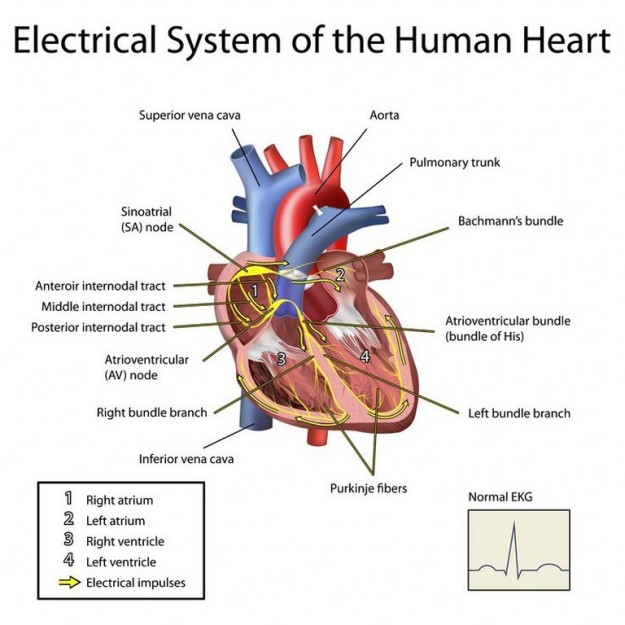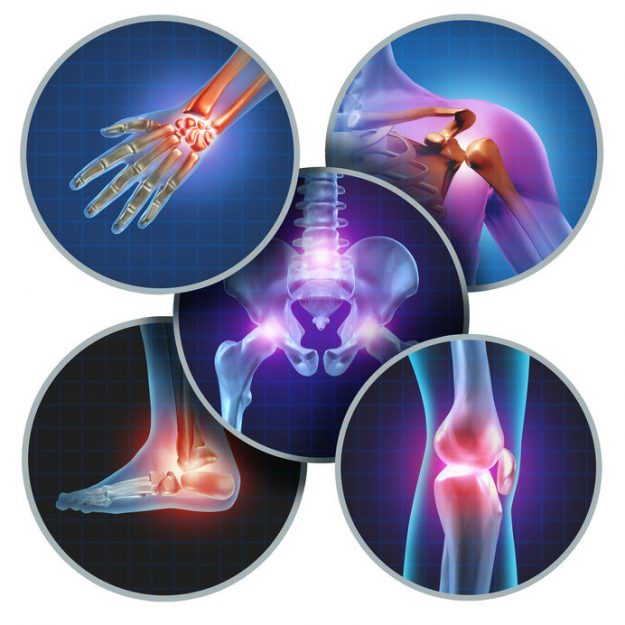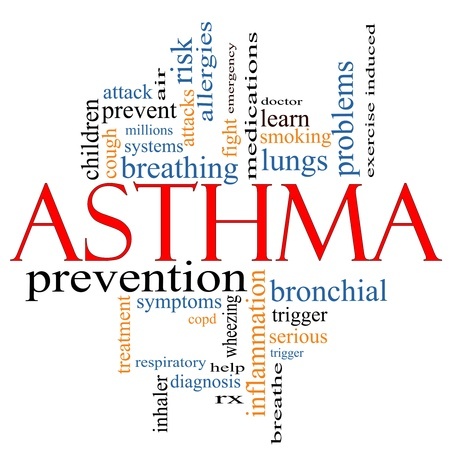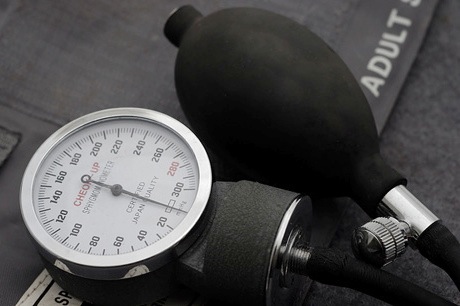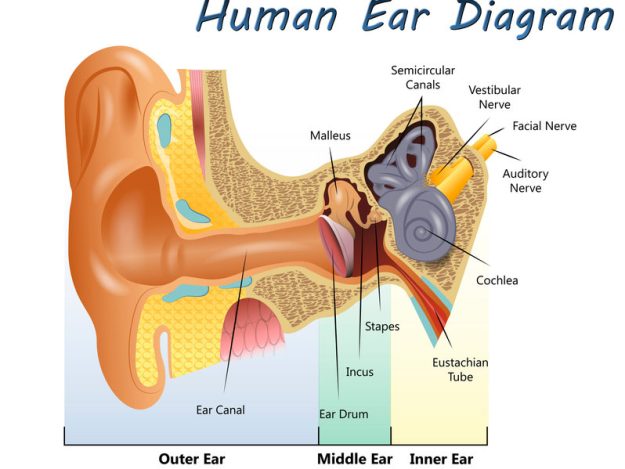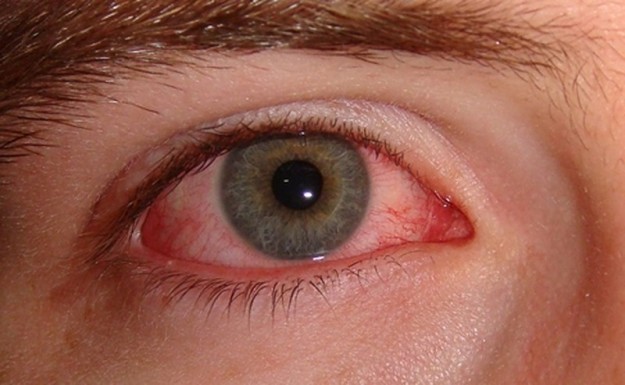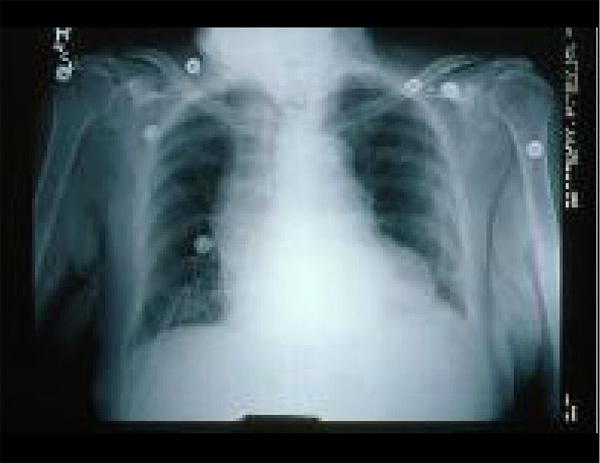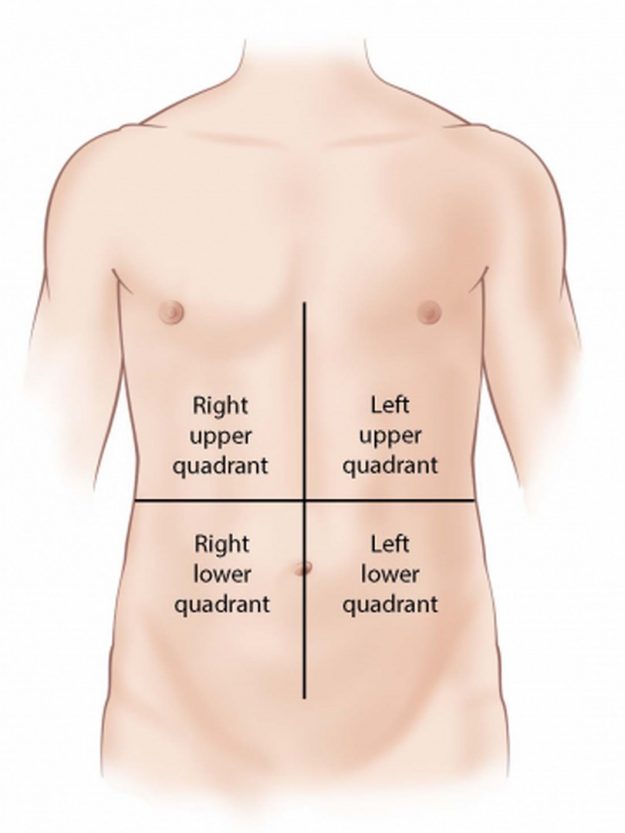A Cardiac Primer for the Correctional Nurse: Arrhythmias and the ECG 3.0 Continuing Education Hours In 2015, the Department of Justice Bureau of Statistics published the latest Special Report of Medical problems of State and Federal Prisoners and Jail Inmates, 2011-2012. In it, the prevalence of heart-related problems in state and federal prisoners was 9.8%,…
Arthritis for the Correctional Nurse 2.0 Continuing Education Hours Osteoarthritis and Rheumatoid Arthritis are both debilitating diseases that affect millions of individuals in the United States. In the correctional environment, the latest statistics by the Bureau of Justice indicate that “Arthritis” is the third largest chronic diagnosis for jail detainees and is the second largest…
Asthma for the Correctional Nurse II 2.0 Continuing Education Hours As nurses in corrections, we see a large number of patients affected by asthma. Many have poor asthma control due to their inability to purchase medication, knowledge deficit about their chronic condition or general apathy about their health. Helping the patient achieve and maintain asthma…
Asthma for the Correctional Nurse I 2.0 Continuing Education Hours As nurses in corrections, we see a large number of patients affected by asthma. Many have poor asthma control due to their inability to purchase medication, knowledge deficit about their chronic condition or general apathy about their health. Helping the patient achieve and maintain asthma…
A Hypertension Primer for the Correctional Nurse 2.0 Continuing Education Hours In 2015, the Department of Justice Bureau of Statistics published the latest Special Report of Medical Problems of State and Federal Prisoners and Jail Inmates, 2011-2012. In it, the prevalence of heart-related problems in state and federal prisoners was 9.8%, whereas the prevalence of heart-related problems in…
2025 Nurse’s Week Bundle 20 Continuing Education Hours In honor of Nurse’s Week 2025, this group of 8 accredited classes, 20.0 continuing education hours, is offered which will fulfill the requirements for both the Certified Correctional Health Care Professional and the Certified Correctional Health Care Professional – Registered Nurse certifications of the National Commission on…
Ear Conditions for the Correctional Nurse 2.5 Continuing Education Hours From earplugs made of toilet paper that then get “stuck’ in the ear canal to fulminant ear infections, Correctional Nurses often evaluate complaints of the ear. Most often, the patient complains of acute ear pain. Correctional Nurses, therefore, must be competent to examine the ear…
Red Eye for the Correctional Nurse 2.0 Continuing Education Hours Red eye is a common medical complaint in corrections, and may be caused by a number of underlying conditions, including conjunctivitis, blepharitis, chalazion, hordeolum and uveitis. This class includes discussion regarding the anatomy of the eye and the common conditions associated with red eye. Nursing…
Heart Failure for the Correctional Nurse 2.0 Continuing Education Hours According to the American Heart Association, almost 5.7 million Americans of all ages are affected by heart failure. Overall, it is responsible for more hospitalizations than all forms of cancer combined, and for medicare patients, heart failure is the number one cause of hospitalization. Due…
Abdominal Assessment I for the Correctional Nurse 2.0 Continuing Education Hours Abdominal pain is perhaps one of the most frequent complaints listed on a sick call/request to be seen slip in the correctional environment. Changes to routine and diet, stress, and the “unmasking” of symptoms as patients become “detoxed” from substances like alcohol and drugs…
